
CONTENTS
Tokyo Illuminations in 2025~2026

Every winter, Japan’s gardens, theme parks, and city streets transform from their everyday appearances into magical dreamlands of glittering lights, covered in thousands or millions of tiny bulbs, or brought to life after dark with rainbows of projected light shows. These “illuminations,” as they’re called in Japan, are sometimes associated with Christmas or New Year’s, but usually they’re not celebrating anything in particular – the events bring a little festive fun to cold nights from mid-Autumn throughout the winter, when the chilly air is said to make the lights sparkle extra bright. Every year, illumination events can be found all across Japan, lighting up the country from top to bottom, but plenty of the country’s most spectacular illuminations are in Tokyo (or within easy reach). Here are a few of Tokyo’s best illuminations!
① Tokyo Mega Illumination
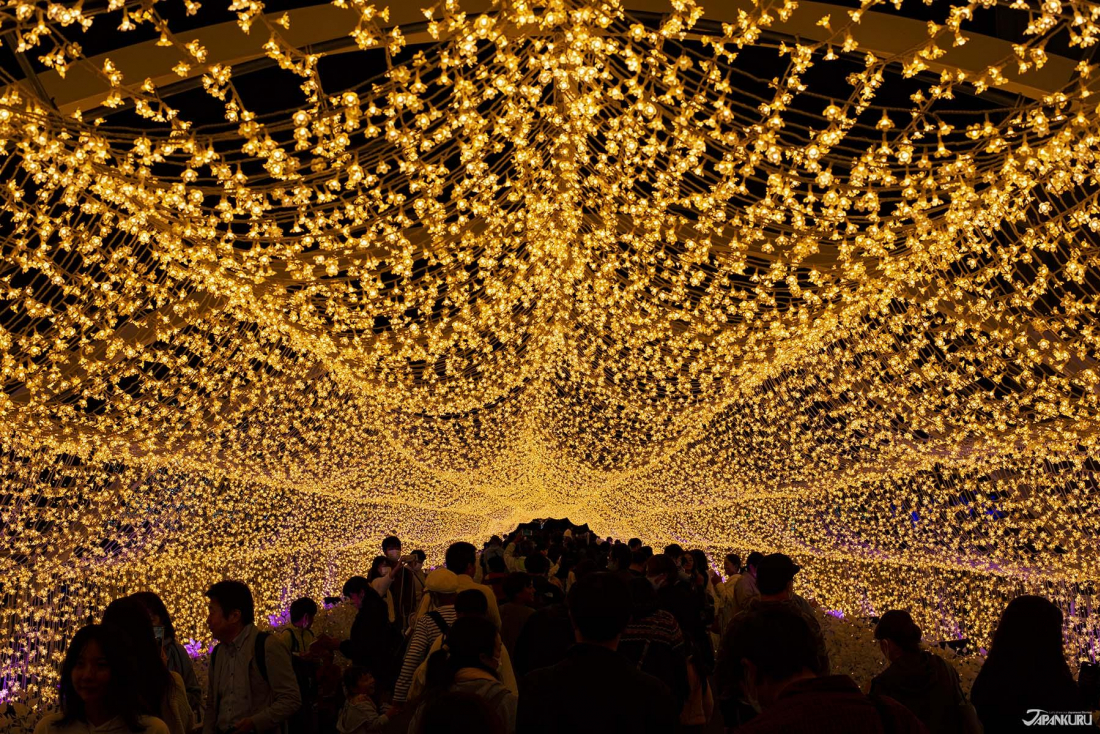
Consistently ranked among Japan’s top light-up events, Tokyo Mega Illumination has multiple areas covering the Oi Racecourse, with different lighting themes, shows, and a cute horse-racing theme to boot. Big draws include their fountain-centered light shows, a 100-meter tunnel of little glittering cherry blossom lights, tunnels of funky interactive projection-mapped lighting, and photo-ops with some of the miniature horses and ponies that live at the racecourse!
Tokyo Mega Illumination (東京メガイルミ)
Oi Racecourse, 2-1-2 Katsushima, Shinagawa City, Tokyo
Dates: Nov. 1, 2025 ~ Jan. 11, 2026
Hours: 16:30 – 21:00
*Closed for public holidays.
Official Website (jp/en) | ▷ See more details on the Japankuru event page!
② Roppongi Hills Keyakizaka Illumination

For those with a casual interest in Japanese illuminations, this low-key light display is unbeatable when it comes to convenience and affordability. Head over to Roppongi Hills during their Roppongi Hills Christmas event for the shopping, museums, and great views of Tokyo, plus a German-style Christmas Market. As the sun begins to set, you’ll see the lights of the Keyakizaka Illumination stretching out along Keyakizaka Hill, like brilliant ice crystals piled on the thin tree branches. This particular “Snow & Blue” themed illumination doesn’t have quite the same majesty as some other bigger light display events, but it is totally free to enjoy, and the view of Tokyo Tower in the distance makes it extra special!
Roppongi Hills Keyakizaka Illumination (六本木ヒルズ けやき坂イルミネーション)
6-10-2 Roppongi, Minato City, Tokyo
Dates: Nov. 4, 2025 ~ Dec. 25, 2025
Official Website (jp) | ▷ See more details on the Japankuru event page!
③ Yomiuriland Jewellumination
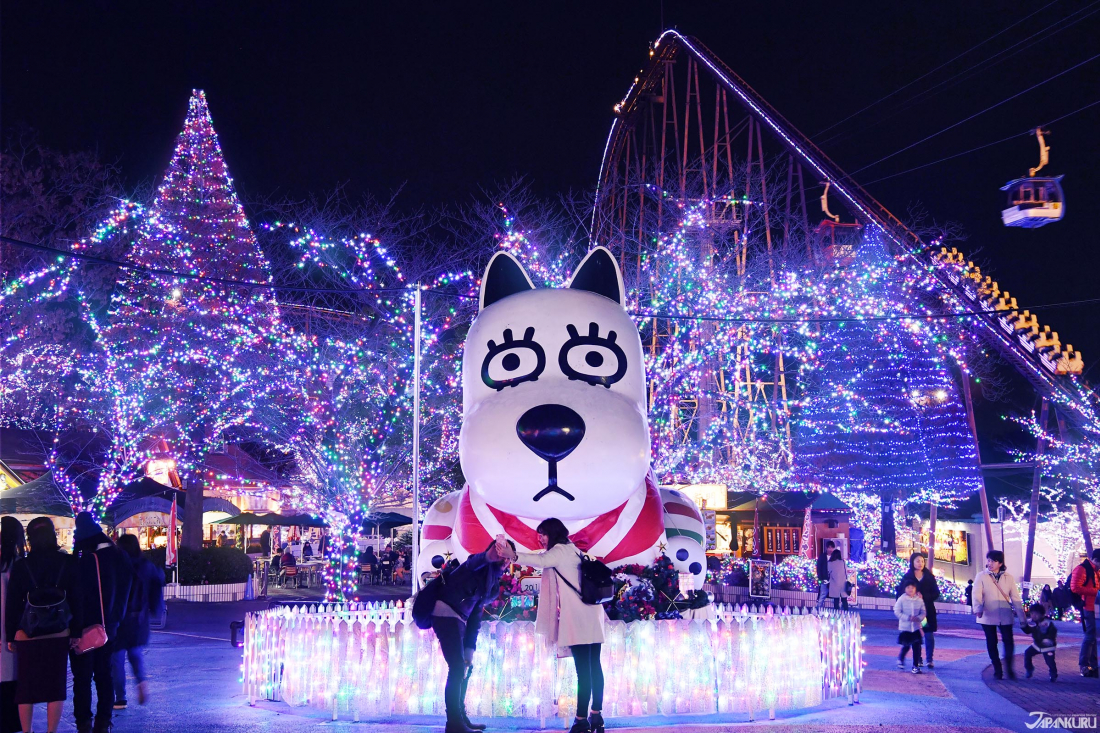
Go for the rides, stay for the lights! Yomiuriland is Tokyo’s biggest amusement park, with almost 50 rides and attractions to enjoy throughout the daytime hours, and an entire park’s worth of glittering lights to marvel at after the sun goes down during the colder months of the year. Yomiuriland’s “Jewellumination” illumination event has 12 different zones and huge swathes of tiny fairy lights in just about every part of the park. There are quite literally millions of bulbs, and the colorful gem-like points of light arch over paths, reflect in the water of Yomiuriland’s waterpark pools, and hang gracefully from the rides like glittering jewels.
Yomiuriland Jewellumination (よみうりランドジュエルミネーション)
4015-1 Yanokuchi, Inagi, Tokyo
Dates: Oct. 23, 2025 ~ Apr. 5, 2026
Official Website (jp) | ▷ See more details on the Japankuru event page!
④ Hana-Biyori x Take Akari: Hana-Akari Illumination
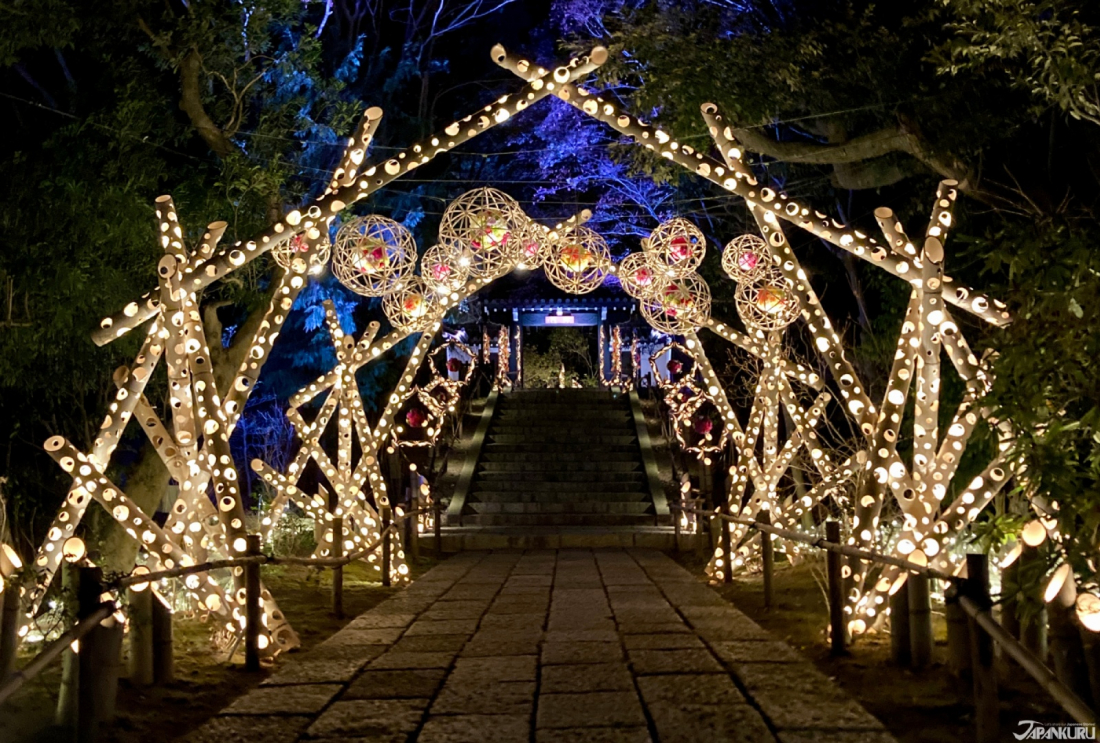
A hidden gem on Tokyo’s border, Hana-Biyori is a botanical garden with daily projection-mapped light shows and colorful flower beds, a place for those in the know in the Tokyo area to spend time among the flowers and enjoy light shows throughout the year. There are always colorful flowers on display inside the greenhouse, and the gardens are in bloom throughout the seasons, but when most plants are hibernating through the winter, fantastic bamboo lanterns and magical light displays take over to light the paths like a scene out of a romantic Japanese drama.
Hana-Biyori x Take Akari: Hana-Akari (HANAあかり~HANA・BIYORI×竹あかり~)
4015-1 Yanokuchi, Inagi, Tokyo
Dates: Oct. 23, 2025 ~ Apr. 6, 2026
Official Website (jp) | ▷ See more details on the Japankuru event page!
⑤ Ashikaga Flower Park Garden of Illuminated Flowers
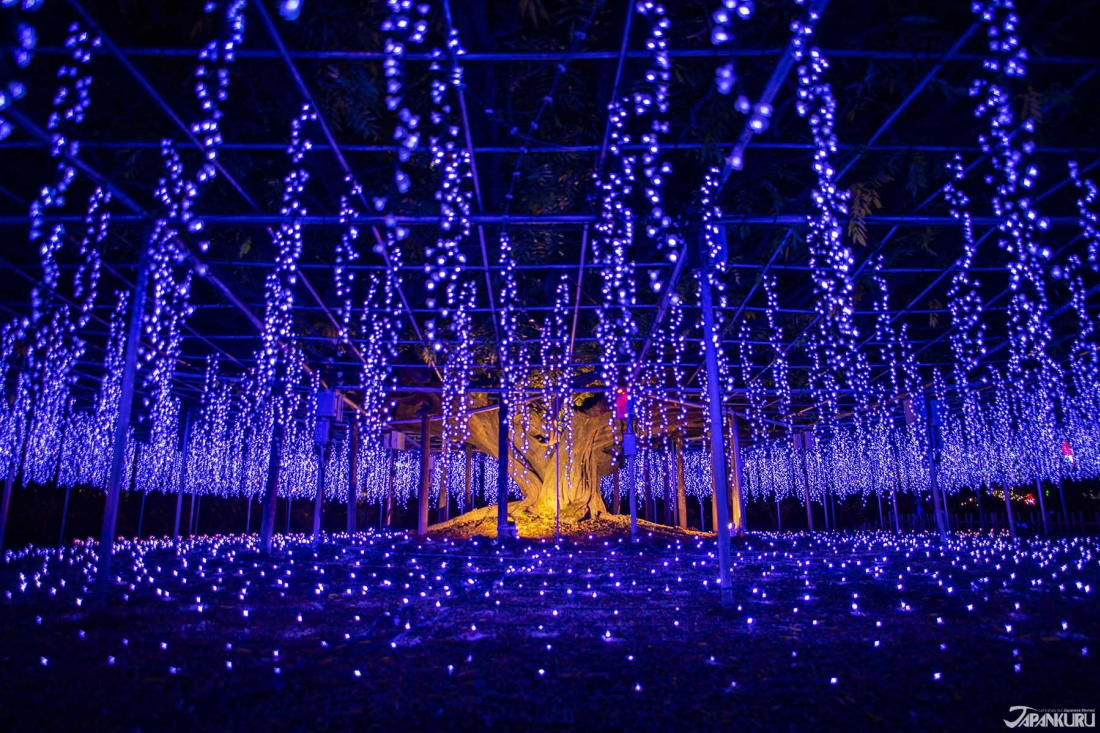
Ashikaga Flower Park isn’t actually in Tokyo, but it’s worth venturing out of the city and taking the train a little way north to Tochigi Prefecture for this spectacular illumination event, frequently ranked #1 in Japan. Each autumn and winter, lights of all shapes and sizes take the place of flowers at this huge botanical garden, becoming Ashikaga’s Garden of Illuminated Flowers. Lights sway as shining roses, float in glowing pyramids on the water, and hang from the trees in place of spring wisteria flowers (which anime fans often compare to scenes from the popular Demon Slayer). For a whole night of illumination fun, Ashikaga Flower Park is a little out of the way, but it’s pretty spectacular.
Ashikaga Flower Park Garden (あしかがフラワーパーク 光の花の庭)
607 Hasamacho, Ashikaga, Tochigi
Dates: Oct. 18 2025 ~ Feb. 15, 2026
Official Website (en) | ▷ See more details on the Japankuru event page!
Join in on Tokyo’s Winter Festivities in 2025~2026!
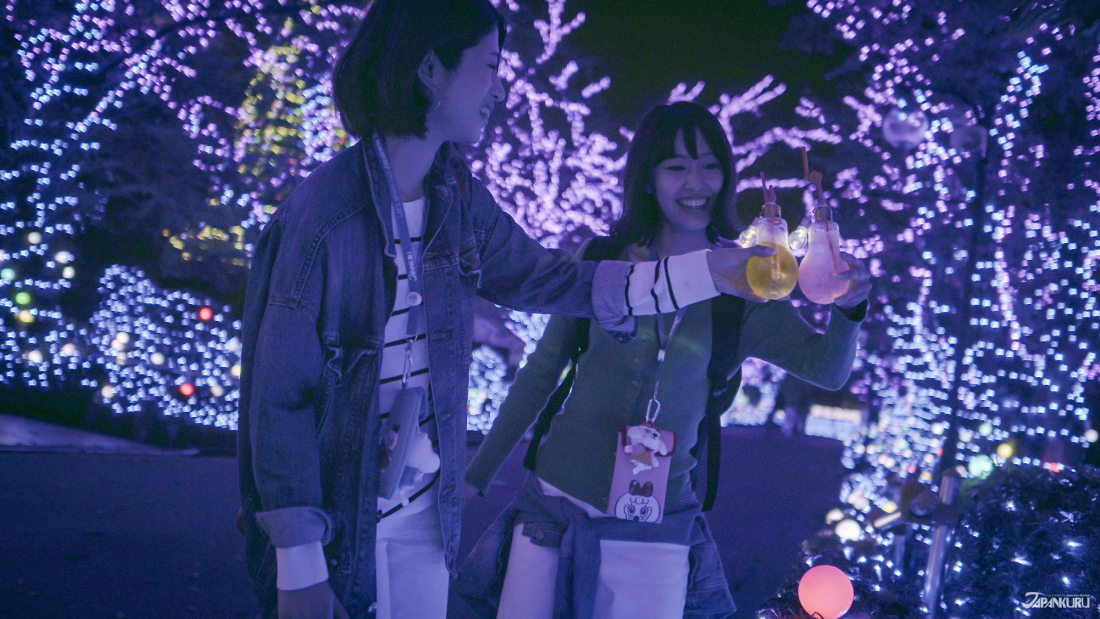
When the cool weather of fall and winter starts to make the lights around the city sparkle after dark, it almost feels like all of Tokyo comes alight, with twinkling lights gracing trees and buildings across the urban landscape. But the Tokyo area is home to some truly fabulous illumination events, and the light displays found around the city can be breathtaking. This year, use the Japankuru team’s list of the best Tokyo illuminations to your advantage, and don’t miss the city’s most spectacular light shows and light-ups!
For more info and updates from Japan, check Japankuru for new articles, and don’t forget to follow us on X (Twitter), Instagram, and Facebook!
Details
NAME:Tokyo Illuminations (東京のイルミネーション)
COMMENT
FEATURED MEDIA
VIEW MORE 
A New Tokyo Animal Destination: Relax & Learn About the World’s Animals in Japan
#pr #japankuru #anitouch #anitouchtokyodome #capybara #capybaracafe #animalcafe #tokyotrip #japantrip #카피바라 #애니터치 #아이와가볼만한곳 #도쿄여행 #가족여행 #東京旅遊 #東京親子景點 #日本動物互動體驗 #水豚泡澡 #東京巨蛋城 #เที่ยวญี่ปุ่น2025 #ที่เที่ยวครอบครัว #สวนสัตว์ในร่ม #TokyoDomeCity #anitouchtokyodome

Shohei Ohtani Collab Developed Products & Other Japanese Drugstore Recommendations From Kowa
#pr #japankuru
#kowa #syncronkowa #japanshopping #preworkout #postworkout #tokyoshopping #japantrip #일본쇼핑 #일본이온음료 #오타니 #오타니쇼헤이 #코와 #興和 #日本必買 #日本旅遊 #運動補充能量 #運動飲品 #ช้อปปิ้งญี่ปุ่น #เครื่องดื่มออกกำลังกาย #นักกีฬา #ผลิตภัณฑ์ญี่ปุ่น #อาหารเสริมญี่ปุ่น

도쿄 근교 당일치기 여행 추천! 작은 에도라 불리는 ‘가와고에’
세이부 ‘가와고에 패스(디지털)’ 하나면 편리하게 이동 + 가성비까지 완벽하게! 필름카메라 감성 가득한 레트로 거리 길거리 먹방부터 귀여움 끝판왕 핫플&포토 스폿까지 총집합!
Looking for day trips from Tokyo? Try Kawagoe, AKA Little Edo!
Use the SEIBU KAWAGOE PASS (Digital) for easy, affordable transportation!
Check out the historic streets of Kawagoe for some great street food and plenty of picturesque retro photo ops.
#pr #japankuru #도쿄근교여행 #가와고에 #가와고에패스 #세이부패스 #기모노체험 #가와고에여행 #도쿄여행코스 #도쿄근교당일치기 #세이부가와고에패스
#tokyotrip #kawagoe #tokyodaytrip #seibukawagoepass #kimono #japantrip

Hirakata Park, Osaka: Enjoy the Classic Japanese Theme Park Experience!
#pr #japankuru #hirakatapark #amusementpark #japantrip #osakatrip #familytrip #rollercoaster #retrôvibes #枚方公園 #大阪旅遊 #關西私房景點 #日本親子旅行 #日本遊樂園 #木造雲霄飛車 #히라카타파크 #สวนสนุกฮิราคาตะพาร์ค

🍵Love Matcha? Upgrade Your Matcha Experience With Tsujiri!
・160년 전통 일본 말차 브랜드 츠지리에서 말차 덕후들이 픽한 인기템만 골라봤어요
・抹茶控的天堂!甜點、餅乾、飲品一次滿足,連伴手禮都幫你列好清單了
・ส่องมัทฉะสุดฮิต พร้อมพาเที่ยวร้านดังในอุจิ เกียวโต
#pr #japankuru #matcha #matchalover #uji #kyoto #japantrip #ujimatcha #matchalatte #matchasweets #tsujiri #말차 #말차덕후 #츠지리 #교토여행 #말차라떼 #辻利抹茶 #抹茶控 #日本抹茶 #宇治 #宇治抹茶 #日本伴手禮 #抹茶拿鐵 #抹茶甜點 #มัทฉะ #ของฝากญี่ปุ่น #ชาเขียวญี่ปุ่น #ซึจิริ #เกียวโต

・What Is Nenaito? And How Does This Sleep Care Supplement Work?
・你的睡眠保健品——認識「睡眠茶氨酸錠」
・수면 케어 서플리먼트 ‘네나이토’란?
・ผลิตภัณฑ์เสริมอาหารดูแลการนอน “Nenaito(ネナイト)” คืออะไร?
#pr #japankuru #sleepcare #japanshopping #nenaito #sleepsupplement #asahi #睡眠茶氨酸錠 #睡眠保健 #朝日 #l茶胺酸 #日本藥妝 #日本必買 #일본쇼핑 #수면 #건강하자 #네나이토 #일본영양제 #อาหารเสริมญี่ปุ่น #ช้อปปิ้งญี่ปุ่น #ร้านขายยาญี่ปุ่น #ดูแลตัวเองก่อนนอน #อาซาฮิ

Japanese Drugstore Must-Buys! Essential Items from Hisamitsu® Pharmaceutical
#PR #japankuru #hisamitsu #salonpas #feitas #hisamitsupharmaceutical #japanshopping #tokyoshopping #traveltips #japanhaul #japantrip #japantravel

Whether you grew up with Dragon Ball or you just fell in love with Dragon Ball DAIMA, you'll like the newest JINS collab. Shop this limited-edition Dragon Ball accessory collection to find some of the best Dragon Ball merchandise in Japan!
>> Find out more at Japankuru.com! (link in bio)
#japankuru #dragonball #dragonballdaima #animecollab #japanshopping #jins #japaneseglasses #japantravel #animemerch #pr

This month, Japankuru teamed up with @official_korekoko to invite three influencers (originally from Thailand, China, and Taiwan) on a trip to Yokohama. Check out the article (in Chinese) on Japankuru.com for all of their travel tips and photography hints - and look forward to more cool collaborations coming soon!
【橫濱夜散策 x 教你怎麼拍出網美照 📸✨】
每次來日本玩,是不是都會先找旅日網紅的推薦清單?
這次,我們邀請擁有日本豐富旅遊經驗的🇹🇭泰國、🇨🇳中國、🇹🇼台灣網紅,帶你走進夜晚的橫濱!從玩樂路線到拍照技巧,教你怎麼拍出最美的夜景照。那些熟悉的景點,換個視角說不定會有新發現~快跟他們一起出發吧!
#japankuru #橫濱紅磚倉庫 #汽車道 #中華街 #yokohama #japankuru #橫濱紅磚倉庫 #汽車道 #中華街 #yokohama #yokohamaredbrickwarehouse #yokohamachinatown

If you’re a fan of Vivienne Westwood's Japanese designs, and you’re looking forward to shopping in Harajuku this summer, we’ve got important news for you. Vivienne Westwood RED LABEL Laforet Harajuku is now closed for renovations - but the grand reopening is scheduled for July!
>> Find out more at Japankuru.com! (link in bio)
#japankuru #viviennewestwood #harajuku #omotesando #viviennewestwoodredlabel #viviennewestwoodjapan #비비안웨스트우드 #오모테산도 #하라주쿠 #日本購物 #薇薇安魏斯伍德 #日本時尚 #原宿 #表參道 #japantrip #japanshopping #pr

Ready to see TeamLab in Kyoto!? At TeamLab Biovortex Kyoto, the collective is taking their acclaimed immersive art and bringing it to Japan's ancient capital. We can't wait to see it for ourselves this autumn!
>> Find out more at Japankuru.com! (link in bio)
#japankuru #teamlab #teamlabbiovortex #kyoto #kyototrip #japantravel #artnews
Photos courtesy of teamLab, Exhibition view of teamLab Biovortex Kyoto, 2025, Kyoto ® teamLab, courtesy Pace Gallery

Japanese Makeup Shopping • A Trip to Kamakura & Enoshima With Canmake’s Cool-Toned Summer Makeup
#pr #canmake #enoshima #enoden #에노시마 #캔메이크 #japanesemakeup #japanesecosmetics

⚔️The Robot Restaurant is gone, but the Samurai Restaurant is here to take its place. Check it out, and don't forget your coupon!
🍣신주쿠의 명소 로봇 레스토랑이 사무라이 레스토랑으로 부활! 절찬 쿠폰 발급중
💃18歲以上才能入場的歌舞秀,和你想的不一樣!拿好優惠券去看看~
#tokyo #shinjuku #samurairestaurant #robotrestaurant #tokyotrip #도쿄여행 #신주쿠 #사무라이레스토랑 #이색체험 #할인이벤트 #歌舞伎町 #東京景點 #武士餐廳 #日本表演 #日本文化體驗 #japankuru #japantrip #japantravel #japanlovers #japan_of_insta

Japanese appliance & electronics shopping with our KOJIMA x BicCamera coupon!
用JAPANKURU的KOJIMA x BicCamera優惠券買這些正好❤️
코지마 x 빅 카메라 쿠폰으로 일본 가전 제품 쇼핑하기
#pr #japankuru #japanshopping #kojima #biccamera #japaneseskincare #yaman #dji #osmopocket3 #skincaredevice #日本購物 #美容儀 #相機 #雅萌 #日本家電 #일본여행 #면세 #여행꿀팁 #일본쇼핑리스트 #쿠폰 #일본쇼핑 #일본브랜드 #할인 #코지마 #빅카메라 #japankurucoupon
MAP OF JAPAN
SEARCH BY REGION

LATEST
VIEW MOREEVENT CALENDAR
VIEW MORE
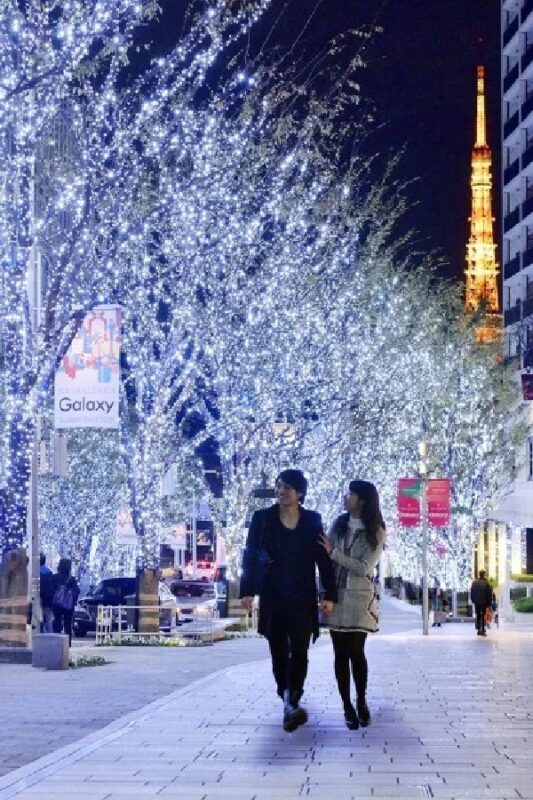
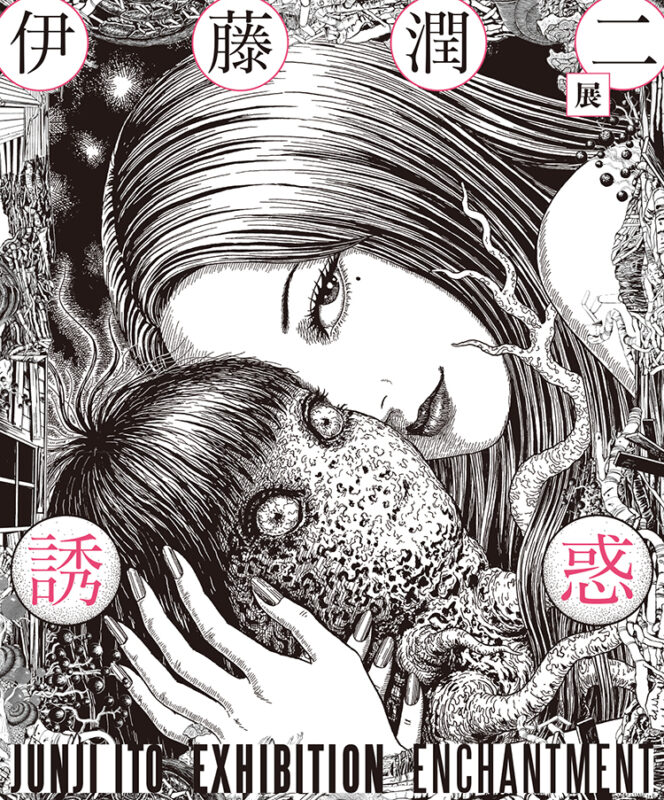

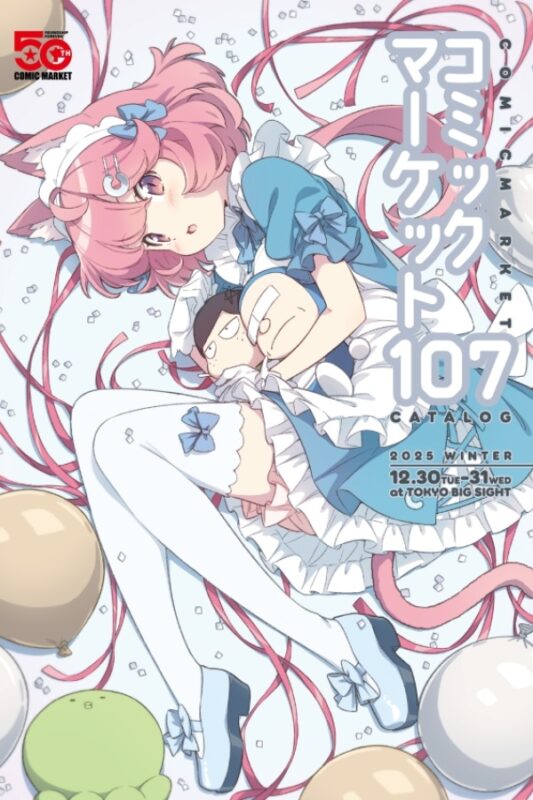









































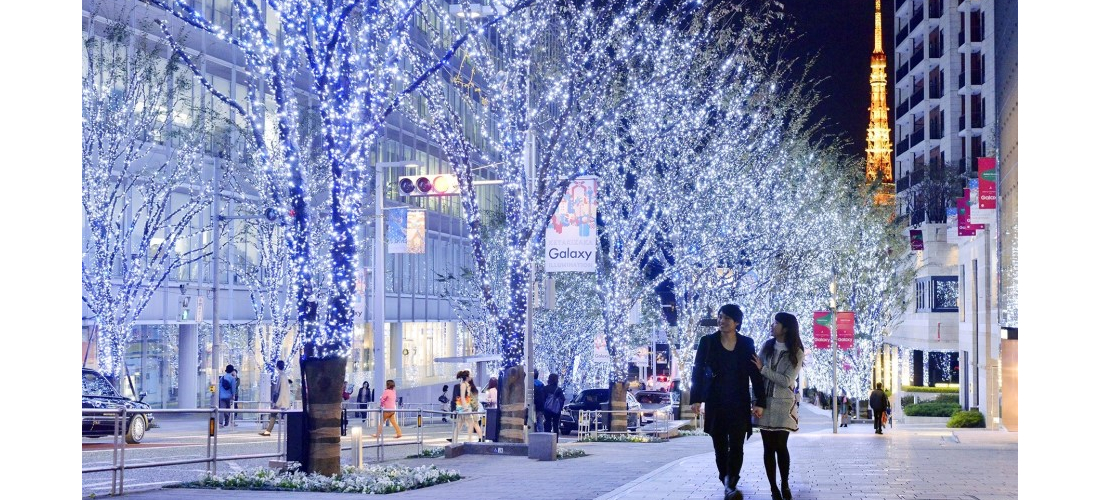
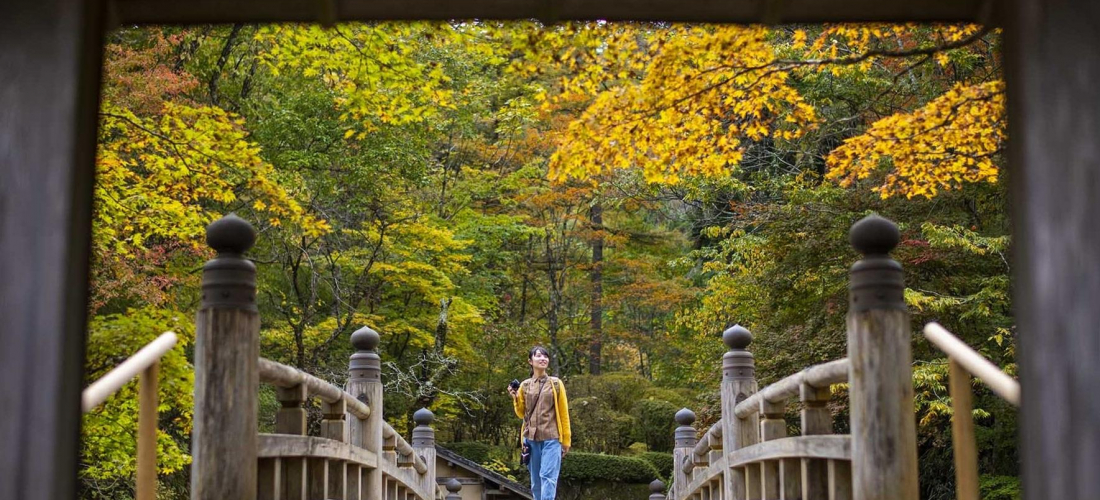
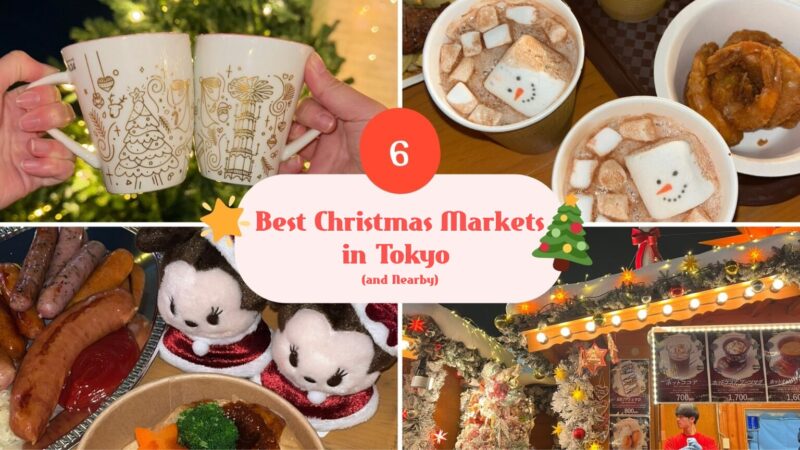
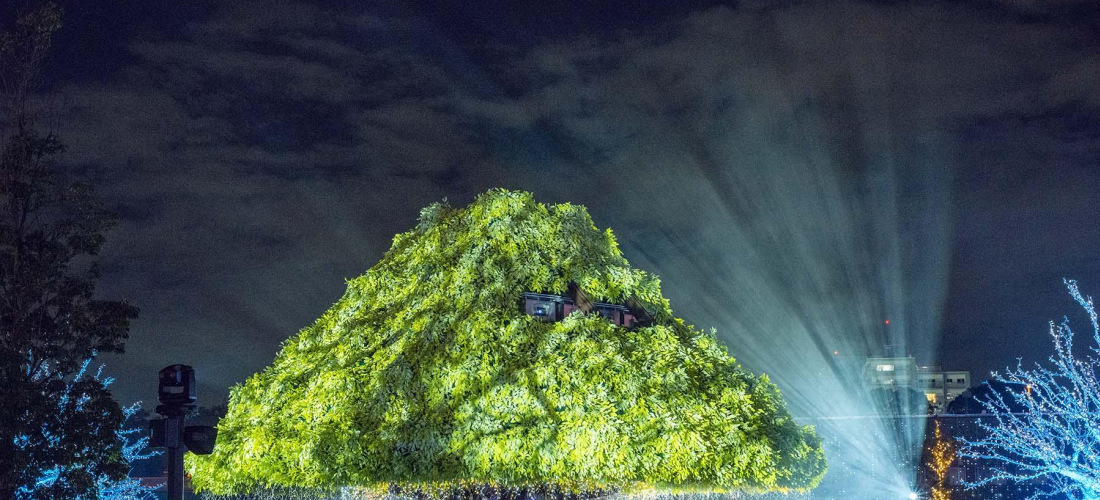
These Tokyo light shows are stunning! Tokyo Mega Illumination looks especially magical with its cherry blossom lights and interactive projections. Can’t wait to check them out this winter!